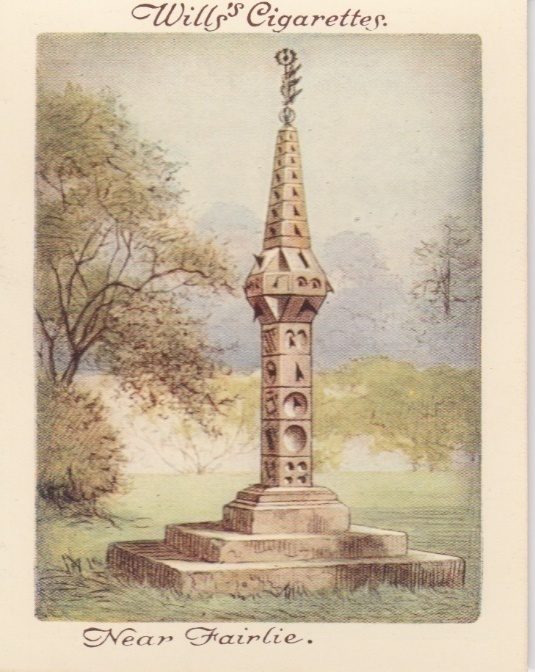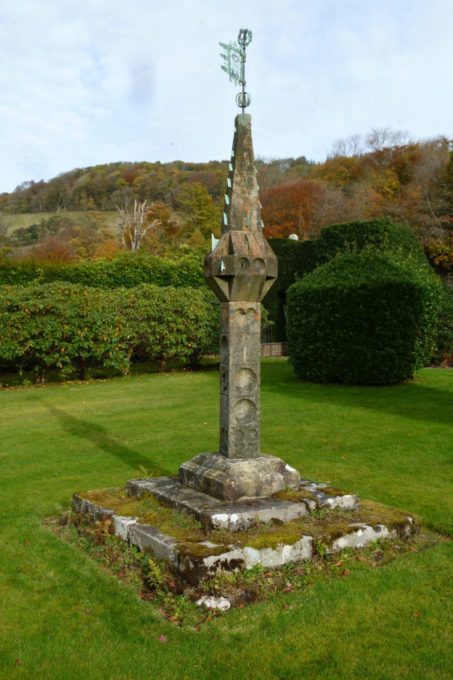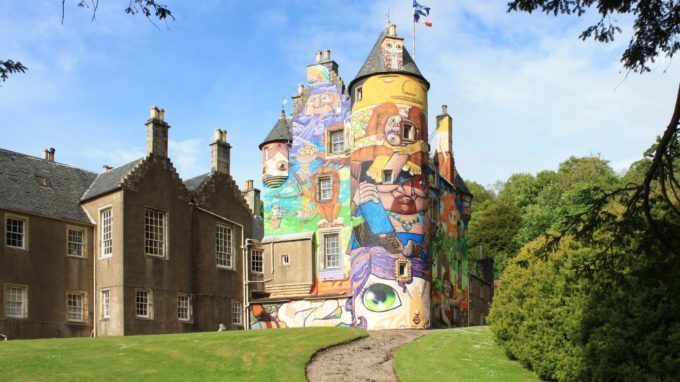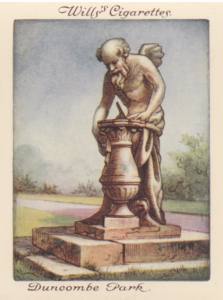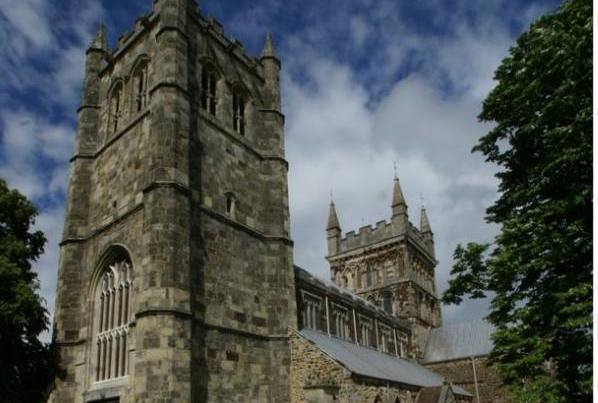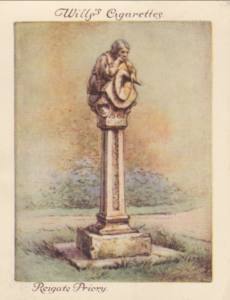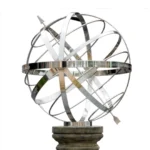Kelburn Castle is a large house near Fairlie, North Ayrshire, Scotland. It is the seat of the Earl of Glasgow. Originally built in the thirteenth century it was remodelled in the sixteenth century. In 1700 the first Earl made further extensions to the house making it look more like a French château, which is virtually how it appears today.
In 1977 the house and grounds opened to the public as a country park. It is one of the oldest castles in Scotland and has been continuously inhabited by the same family, longer than any other castle. The castle is protected as a category A listed building, while the grounds are included in the Inventory of Gardens and Designed Landscapes in Scotland.
The Earl of Glasgow, who still lives in the castle, brought together four of the world’s leading graffiti artists from Brazil to work alongside Scottish talent, to create a unique burst of colour, embracing the walls and turrets of the south side of Kelburn Castle.
The idea was simple and original: take the vibrant and often transient art form of Brazilian graffiti, out of its predominantly urban context and apply it to the ancient and permanent walls of a historic rural castle in Scotland.
This bold and shocking artistic statement received huge media attention, while challenging the public’s understanding of both urban graffiti art and the British institution the building represents. In 2011, the mural was named as one of the world’s top 10 examples of street art by author and designer Tristan Manco – on a par with Banksy’s work in Los Angeles and the Favela Morro Da Providencia in Rio de Janeiro.
In the grounds of the castle are two of the finest examples of sundials of the Obelisk type. One bears the initials of the first Earl of Glasgow with the date 1707 and is about 8ft 6inches high. It stands on a base of 3 steps and consists of a square shaft each side of which except that which faces the north contains hollows of various shapes so cut as to mark the hours. The shaft carries an octagonal capital surmounted by a tapered finial the whole being crowned by a faint vein of fine wrought iron-work. There are over seventy dials in all.
If you’d like to visit the caste and sundials you can find out more at, www.kelburnestate.com

